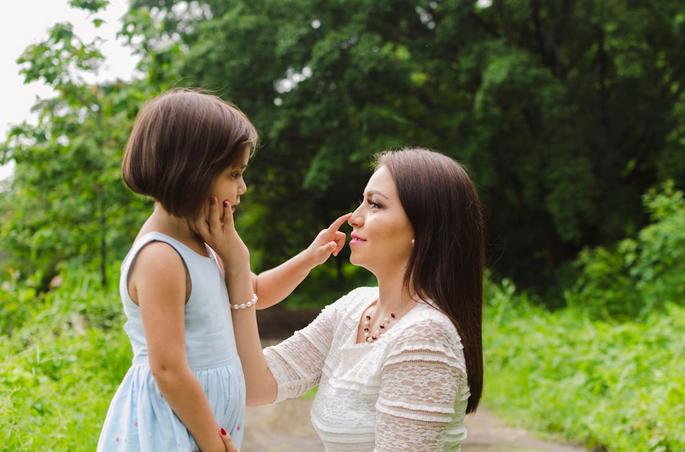
How do people fall in Love
The Science and Magic of Falling in Love
Falling in love is an intricate interplay of biological, psychological, and social factors, creating a symphony of emotions that captivate and transform us. Understanding why people fall in love requires exploring the depths of human experience from multiple perspectives.
Biological Foundations
At a fundamental level, love is driven by neurochemical processes. When we fall in love, our brains release a cocktail of neurotransmitters, including:
- Dopamine: Often referred to as the “pleasure hormone,” dopamine creates feelings of euphoria and reward, making us feel exhilarated when we are with or think about our loved one.
- Oxytocin: Known as the “bonding hormone,” oxytocin promotes attachment and deepens our sense of connection, often released during physical touch and intimate moments.
- Serotonin: This neurotransmitter helps regulate mood and social behavior, contributing to the sense of well-being and happiness associated with being in love.
These chemical reactions create a powerful emotional experience, akin to being on a natural high, which helps explain the initial rush and intensity of new love.
Psychological Dimensions
Beyond the chemistry, the psychological aspects of falling in love are equally significant. We are drawn to individuals who resonate with our personal preferences, values, and emotional needs. This attraction can be influenced by:
- Shared Values and Interests: Commonalities in beliefs, hobbies, and life goals create a strong foundation for emotional connection and mutual understanding.
- Attachment Styles: Our early experiences with caregivers shape our attachment styles, which influence how we connect with others in romantic relationships. Secure attachment leads to healthier, more stable relationships, while insecure attachment can result in challenges and complexities.
- Complementary Traits: Sometimes, we are attracted to qualities in others that complement our own, creating a balanced dynamic that enriches both partners’ lives.
Social and Cultural Influences
Love is also deeply embedded in our social and cultural context. Our understanding of love and relationships is shaped by:
- Family and Upbringing: The relationships we observe and experience in our formative years set the stage for our expectations and behaviors in romantic relationships.
- Media and Literature: Stories, movies, and songs about love influence our perceptions and ideals, often romanticizing the concept and shaping our desires and expectations.
- Societal Norms: Cultural beliefs and norms dictate what is considered appropriate and desirable in a romantic relationship, influencing our choices and behaviors.
In essence, falling in love is a profound and multifaceted experience. It’s a blend of science and magic, where biological processes, psychological factors, and social influences converge to create one of the most cherished and mystifying aspects of the human experience. Love, with all its complexities and nuances, remains a testament to the depth and beauty of human connection.




